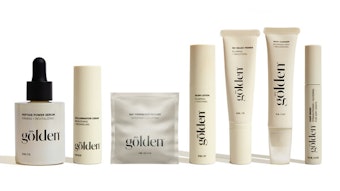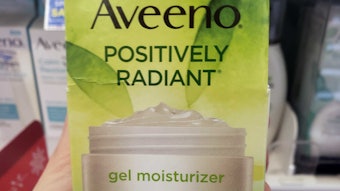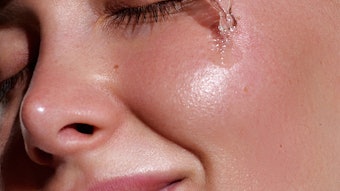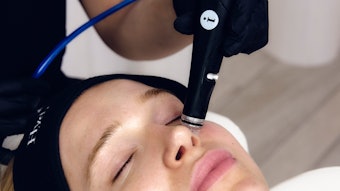Wellness is a concept from ancient times that has for years been reflected in spa market. The concept of wellness has also translated into cosmetics and personal care, oftentimes through “accompanying” fragrances designed to elicit an emotional response of relaxation. However, the psychological study of wellness and other emotions has taken a scientific turn as the R&D side of personal care looks to find ways to measure consumer response to products and capitalize on that response.
Relaxation, energizing, even “happiness-promoting” materials have been studied and current products available on the market have been designed to incorporate such materials—backed by some form of scientific evidence supporting claims for these effects.
So where is the cosmetics R&D industry at in delving into the psyche of consumers to develop and deliver “feel-good” products to consumers? Meyer Rosen, chief scientific advisor for Health and Beauty America’s spring conference, shares some of his thoughts on well-being in the personal care industry.
“Many [companies in the industry] are attacking the main issues of cosmeceuticals, nutraceuticals, beauty from within, antiaging vs. aging, botanicals, renewables, organics, etc., all from different angles,” Rosen told C&T magazine. “But it one word can be used to describe all these things in an overall sense–well-being.” He added that no matter which approach or sub-category a company is in, they are all after a sense of well-being.
By making a consumer look younger, for example, it makes the consumer feel better about themselves, thus providing a sense of well-being. And in order to provide such an effect, aging itself must be better understood. “In order to understand what is happening in aging skin, we have to understand aging—and you don’t understand it by looking at pictures of the skin, you have to understand the biochemistry of the skin,” said Rosen. “We haven’t done that as an industry because it used to be someone else’s job. [However], now [cosmetic] companies are beginning to hire people in, and going out to universities, who understand aging and biochemistry.”
Beyond wellness achieved from feeling younger, wellness is achieved when a consumer buys “natural” products since it feels trustworthy and “good” for them. “There is a consumer push or pull that naturals are seen as better than synthetic chemicals,” said Rosen. “I think that our industry is going in a good direction—we not only have [consumers] who want natural things, we also have personal care scientists and biochemists [who can develop these products], and some medical folks looking for new business, so we have a crossover.”
Where are the natural ingredients, that really work, coming from? “We’ve begun to ask what it is in ancient remedies that had people using them,” said Rosen. “What we have done is taken ‘fancy’ science and a new understanding of biochemistry to see what these ancient remedies are made of; some plants, for example, are high in sterols and antioxidants and moisturizers, explained Rosen. “One company has found 10 ayurvedic herbal remedies that can be used to make skin lighter. They have found ways to extract the essential oils from these ancient herbs in such a way without damaging them, then taking all ten of these and trying them out in different clinical studies—and guess what: They work. “We’re using a sophisticated understanding to look at ancient things and refine them to use them in personal care and cosmetic products.” He added that they seem to work better than ever before. And from the formula to the packaging, well-being is represented by a feeling of doing “good” for the environment—just look at the green phenomenon. “Growing interest in green chemistry and renewable resources has reached such a feverpitch that bottles can not sit in landfills anymore,” said Rosen. “[I recently saw] a lipstick housed in a container that had a seed in, so once the tube was thrown away, it grows a flower. People are coming up with new packaging that falls apart, biodegrades and are based on renewable resources.”
It seems that it’s all in the terminology. Whether the consumer expresses feeling a sense of well-being, excitement over looking younger from an antiaging product, greener in the sense they use natural products or Earth-friendly-manufactured products, or that they leave less of a carbon footprint, personal care chemists and formulators have to innovate to match whatever well-being concept the consumer is seeking.
In response to these needs, Cosmetics & Toiletries magazine has launched the Green Summit, to be held April 14, 2008, in Amsterdam, prior to in-cosmetics. For more information, visit www.Cosmeticsandtoiletries.Com/summit. In addition, the HBA spring conference, to be held March 4 and 5, 2008, in New York, will look at these many aspects of well-being in greater depth. Visit: www.hbaexpo.com/spring-conference.htm for more information.










